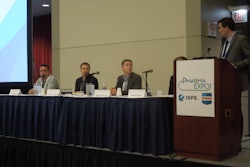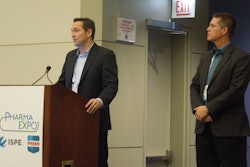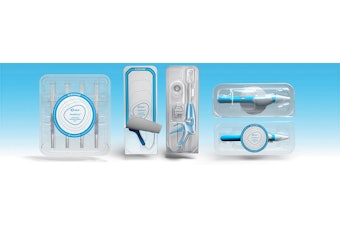
OSHA published a notice in the Federal Register on October 4th, 2016, that it intends to remove the word “unexpected” from the lockout/tagout requirements in 29 CFR 1910.147. As Bruce Main, President of design safety engineering, inc., explained in a presentation at Pack Expo, this is a significant change that will impact many companies in many industries. He urged attendees to review the change and submit comments to OSHA.
Lockout/Tagout and Proposed Change
As OSHA defines it, “‘Lockout/tagout’ refers to specific practices and procedures to safeguard employees from the unexpected energization or startup of machinery and equipment, or the release of hazardous energy during service or maintenance activities.” If unexpected energization could result in injury during service and maintenance, the machine or equipment should be disconnected from its power source.
The original lockout/tagout standard was published in 1989 and included the term “unexpected” in several places. OSHA is now expanding its interpretation to include any energy-related hazard that could result in harm to employees, even if equipment provides an alternative method to prevent unexpected startup, which may include alerts (horns, lights, etc.) before energization.
Potential Effects of the Change
Main, who is also chair of the ANSI B11.0 Safety of machinery and the convenor of the working group responsible for ISO 12100 Safety of machinery, expressed his concerns. He noted that the inability to use advanced control systems will present significant challenges—in terms of operations and safety—for machinery suppliers and users in many industries.
“The proposed change will make the use of alternative methods much harder for employers because OSHA will require lockout for all energy sources. This means that new technology or controls designed to enable safe and quick access for necessary tasks will be prohibited,” he noted in an open letter to U.S. employers subject to the standard. “Employers will not be able to demonstrate that there is no exposure to potential unexpected energization. As a result, lockout will be required.”
Very few attendees at the Pack Expo presentation had heard of the proposed change. A lack of awareness of the change among processing companies could be problematic, as OSHA is requesting industry comments on issues they foresee, including whether the revision will have “economic, paperwork, or other regulatory impacts on the regulated community.” Comments are due by December 5th, 2016.
Providing Comments
Main wrote an open letter to offer additional background information and to prompt companies to submit comments to OSHA expressing their views on the impacts of the proposed change. It can be requested through the design safety engineering contact form.
Employers and others can submit comments and attachments electronically via the Federal eRulemaking Portal.






















